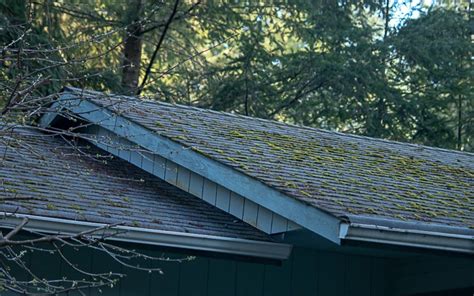Dry Carport Roof: Prevent Damage and Mold Growth
A carport provides invaluable protection for your vehicles, shielding them from the elements. However, a damp or leaking carport roof can quickly negate these benefits, leading to damage to your cars and potentially posing health risks due to mold growth. Maintaining a dry carport roof is crucial for both its longevity and your well-being. This article will explore the common causes of moisture damage, preventative measures, and effective solutions to keep your carport roof dry and mold-free.
What Causes a Damp Carport Roof?
Several factors can contribute to a damp or leaking carport roof. Understanding these causes is the first step in preventing problems.
1. Poor Drainage:
Inadequate drainage is a primary culprit. Water accumulating on the roof can seep into the structure, causing rot and mold. Clogged gutters, downspouts, or insufficient grading around the carport can all lead to water pooling.
2. Damaged Roofing Materials:
Cracks, holes, or missing shingles or panels allow water to penetrate directly into the carport's structure. Age, weathering, and impact damage are common causes of such deterioration.
3. Lack of Ventilation:
Poor ventilation traps moisture inside the carport, promoting condensation and mold growth. This is particularly problematic in humid climates.
4. Improper Installation:
A poorly installed roof, lacking proper sealing or flashing around penetrations (like vents or skylights), can create pathways for water infiltration.
5. Tree Branches and Debris:
Accumulated leaves, branches, and other debris can block gutters and prevent proper water runoff, leading to water damage.
How to Prevent Damage and Mold Growth on Your Carport Roof
Prevention is always better than cure. By proactively implementing these measures, you can significantly reduce the risk of moisture damage and mold growth.
1. Regular Roof Inspections:
Conduct regular inspections (at least twice a year, more often in harsh weather conditions) to identify any signs of damage, such as cracks, missing shingles, or areas of discoloration. Address any issues promptly.
2. Maintain Gutters and Downspouts:
Keep gutters and downspouts clean and free of debris to ensure efficient water drainage. Regular cleaning, ideally after each significant rainfall, will prevent blockages.
3. Improve Drainage Around the Carport:
Ensure proper grading around the carport directs water away from the structure. A slight slope away from the foundation will help prevent water from pooling.
4. Repair Damaged Roofing Materials:
Repair or replace any damaged roofing materials immediately. Don't delay repairs, as even small leaks can lead to significant damage over time.
5. Ensure Adequate Ventilation:
Improve ventilation by installing vents or adding vents to existing structures. Good airflow will help reduce condensation and prevent moisture buildup.
6. Trim Overhanging Trees and Branches:
Regularly trim overhanging tree branches to prevent leaves and debris from accumulating on the roof and blocking gutters.
Addressing Existing Mold and Water Damage
If you already have mold or water damage on your carport roof, addressing it promptly is crucial.
1. Identify the Source of the Leak:
Determine the source of the leak to prevent further damage. This may require professional assistance.
2. Remove Damaged Materials:
Remove any water-damaged roofing materials. This is essential to prevent the spread of mold and rot.
3. Clean and Dry the Affected Area:
Thoroughly clean and dry the affected area before replacing any damaged materials. A professional mold remediation service may be necessary for extensive mold growth.
4. Replace Damaged Materials:
Replace any damaged roofing materials with high-quality, weather-resistant materials. Ensure proper installation to prevent future problems.
5. Consider Professional Help:
For extensive damage or if you're unsure about the repairs, it's best to consult a qualified roofing contractor.
Frequently Asked Questions (FAQs)
This section addresses common questions related to carport roof maintenance and preventing damage.
What type of roofing material is best for a carport?
The best roofing material depends on your budget, climate, and aesthetic preferences. Popular choices include metal roofing (durable and long-lasting), asphalt shingles (more affordable), and polycarbonate panels (allow natural light).
How often should I clean my carport gutters?
Ideally, you should clean your carport gutters at least twice a year, more often in areas with heavy tree cover or frequent rainfall.
Can I repair a carport roof myself?
Minor repairs, such as replacing a few shingles, are often manageable for DIY enthusiasts with basic skills. However, for significant damage or complex repairs, it's best to hire a professional roofing contractor.
How can I prevent mold growth under my carport?
Ensure good ventilation, keep the area clean and dry, and address any leaks or water damage promptly. Regular cleaning and proper drainage are key.
By following these preventative measures and addressing any issues promptly, you can ensure your carport roof remains dry, protecting your vehicles and your health for years to come. Remember, regular maintenance is key to preventing costly repairs and maintaining the structural integrity of your carport.

